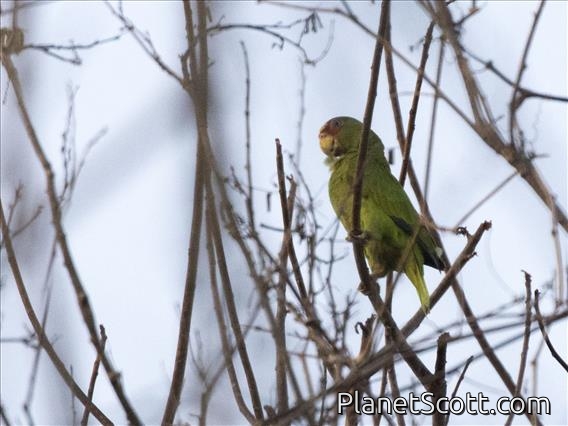White-fronted Amazon (Amazona albifrons)

White-fronted Parrot (Amazona albifrons)
×


White-fronted Parrot (Amazona albifrons)
About White-fronted Amazon (Amazona albifrons)
- Kingdom: Animals
- Phylum: Chordates
- Class: Birds
- Order: Parrots
- Family: New World Parrots
The white-fronted amazon also known as the white-fronted parrot, or spectacled amazon parrot, is a Central American species of parrot. They can imitate a range from 30 to 40 different sounds. Like other large parrots, the white-fronted parrot has a long potential life span, usually around 40 years.
Source: Wikipedia
Lifelists
Visits
-
2008-01-06
Singayta, Mexico -
-
-
-
-



